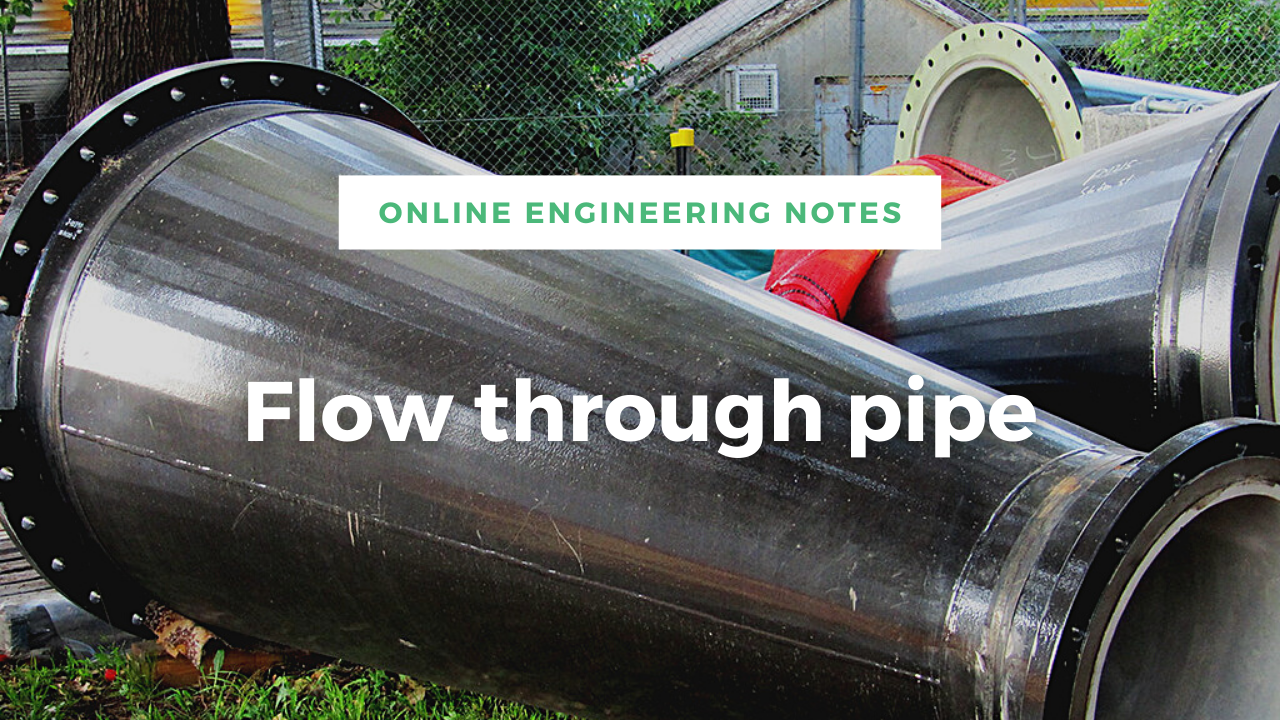Turbulent flow : Prandtl’mixing length theory, Darcy-Weisbach equation, Nikuradse’ experiment, Colebrook-White and use of Moody’s diagram
Turbulent Flow: Turbulent flow is defined as that type of flow in which the fluid particles move in zigzag way. The fluid particle crosses the paths of each other. The Reynolds number (Re) is greater than 4000 then the flow is said to be turbulent. For example: a. Flow in river at the time of … Read more



